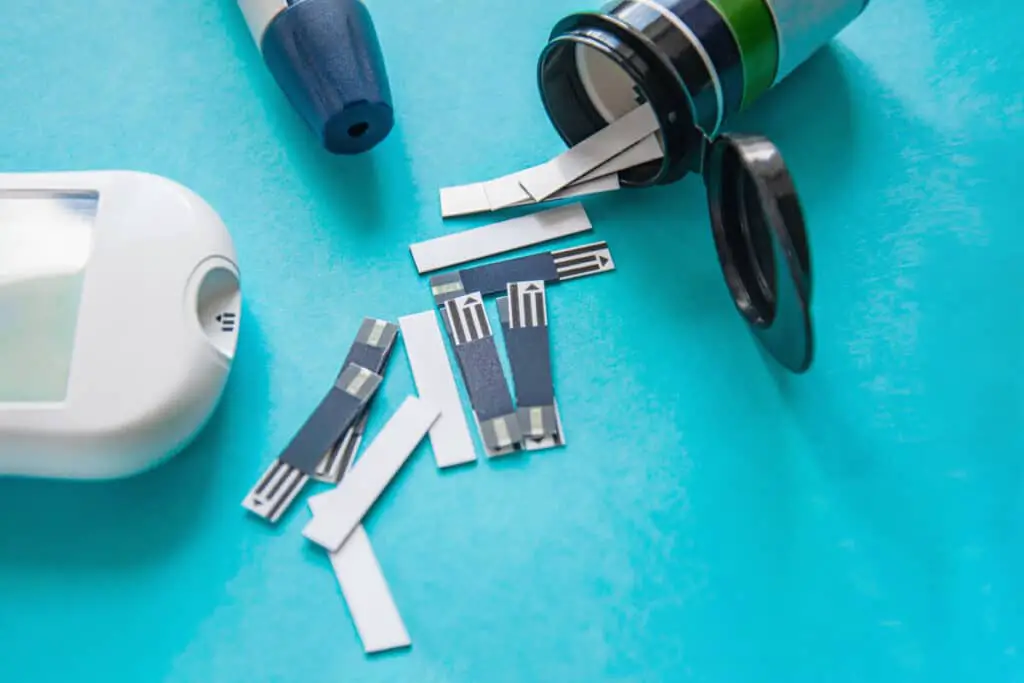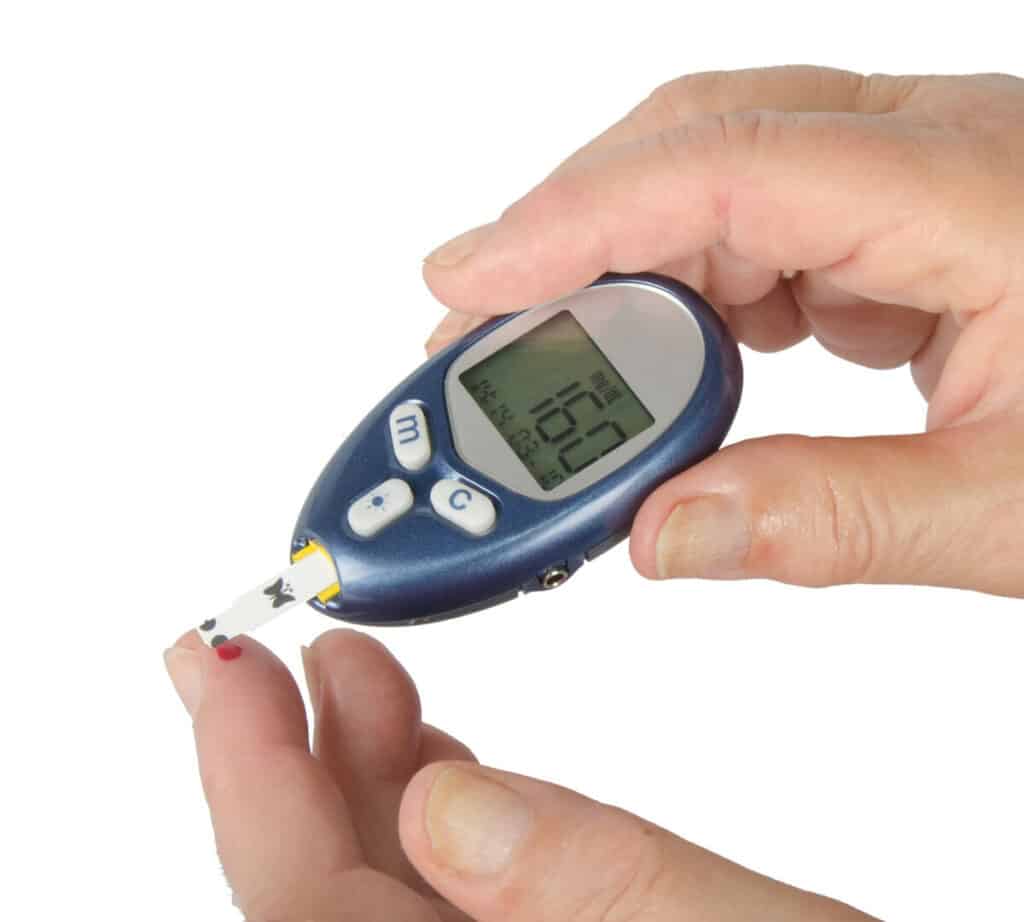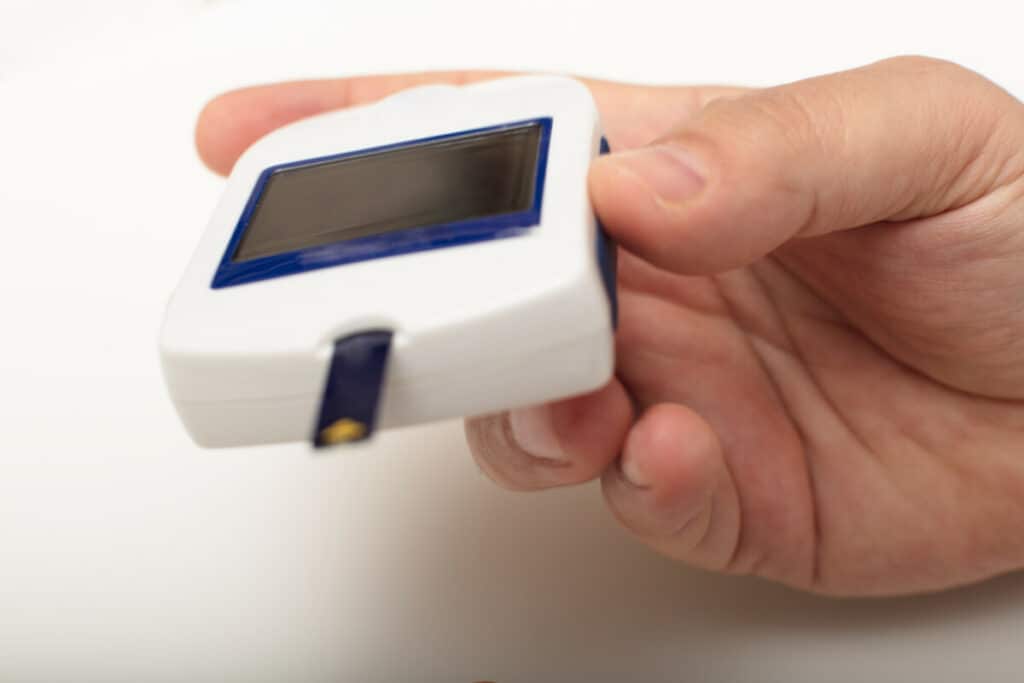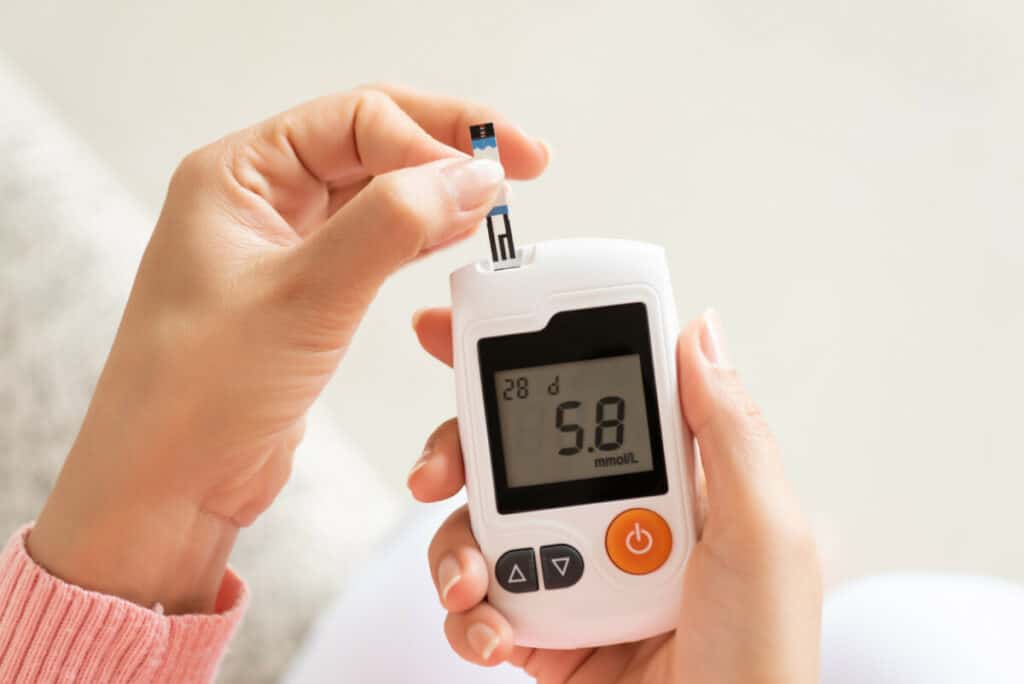
Medical equipment can be delicate and finicky, especially when the tools and testing equipment happens to be for diabetes. For most medical things associated with testing and tracking the different levels of chemicals and proteins in the body, there is an expiration date and specific usage instructions.
Expired glucose test strips should be tossed out after their expiration date. An expired test strip doesn’t give accurate glucose readings and will be unsafe to use effectively. Each brand of test strip will have its own recommendation for how long to keep the strips before they expire.
Glucose test strips are used for diabetes specifically and are part of what helps a diabetic person to lead a healthy life. As with anything in life, this does lead to some generating of waste.
What is Glucose?
Glucose is the more technical term for blood sugar. Glucose is the main sugar found in our blood and is the main source of energy for someone’s body. It is carried around the body by the bloodstream and helps distribute that energy to the cells of the body.
Unfortunately, our bodies will sometimes keep too much or too little glucose resulting in high or low blood sugar which can cause some serious health conditions that could lead to even worse ones. While some high blood sugar or low blood sugar conditions are fixed with relative ease and mostly just something of careful eating habits, there is another condition that doesn’t get a quick fix.
Diabetes is one of the most well-known conditions that deal with glucose levels. The body produces a hormone that helps put the glucose into the cells where it should be for energy, but when there is a disconnect, the body doesn’t process the hormone correctly or doesn’t produce it at all. This hormone is called insulin. When that is the case, glucose levels can become dangerous. (Source)
What is Glucose Test Strips?

The way the glucose is monitored and managed is with the use of glucose test strips. Using a glucometer, a specially designed and created test strip will analyze a small bit of blood from a diabetic and read back the glucose levels using electrochemistry that converts the glucose and blood into an electrical current that can be then translated into numbers and a glucose level.
The test strips are made up of primarily plastic, but then contain some coating of gold in a pattern that creates a circuit which will then read the levels of glucose so that a diabetic can accurately dose how much insulin is needed to control the glucose and keep it from becoming unsafe or cause other issues in the body.
To use a glucose test strip, a diabetic would need to prick their finger to draw some blood and follow the instructions to test the glucose levels using a small device called a glucometer. After that, action can be taken to rectify any sort of readings that might be dangerous or incorrect for what a normal reading should be.
Can they be used after they’re expired?

Glucose Test Strips can not and should not be used after they are expired. Using an expired test strip can mess with the accuracy of the test and potentially make it so that the readings are wrong and any sort of health condition is missed, resulting in quite a bit of financial drain as well as health issues that could be life-threatening.
Life-threatening conditions can come up fast with inaccurate results, including how much insulin to dose with, and even most severely a heart attack or stroke could come from inaccurate readings. Using expired glucose test strips could also be dangerous in the contamination part of things.
Typically, reusing strips or using expired ones will cause some unfortunate and unwanted results and it is better to follow the directions for when they are expired since they are a delicate instrument with how they work and since diabetes is such a prevalent condition in some cases, it is extremely important to keep in line with the recommendations on how to track glucose levels in a safe way that will be accurate.
As this is one of the only ways to control diabetes, it is one of the most crucial things to get right in continued treatment and control of the condition. Understandably, the price of these test strips can be frustrating, and maybe at times someone wouldn’t be able to afford new test strips. As much as this is the case, it is better to try and get unexpired since those will provide the most accurate readings. (Source)
Safely Disposing of Expired Test Strips

Disposing of expired test strips is something of a controversy. Just a quick internet search will give three different answers. The first is just tossing it into a trash can. Unlike medical sharps, they’re not a needle or pointy objects that could hurt someone else or be used in unethical situations, but since someone who uses a glucose tester would be disposing of sharps as well, it can be a bit difficult to figure out how to minimize the waste and also how to safely dispose of it.
For sharps, there are usually sharp collector boxes in public bathrooms scattered around. But disposing of expired test strips will be a bit more difficult depending on how much effort is recommended to put into it. If at all possible, dropping off the expired test strips with other recyclables at a recycle or waste center will be worth something and the components of a test strip might be able to be reclaimed in some form or another, especially unused.
Most of the time though, test strips can go into the regular trash after they’ve been used. Unused and expired test strips have been recommended to be put into and with something that is undesirable such as cat litter or coffee grounds to make it completely unusable. This doesn’t seem to be a necessary step as there are alternatives, such as finding potential places that will take unused drugs, both expired and not, back. (Source)
Related Topics:
If you like the article above, here are some other similar articles you should check out!
What Should I Do with Expired Groupons
